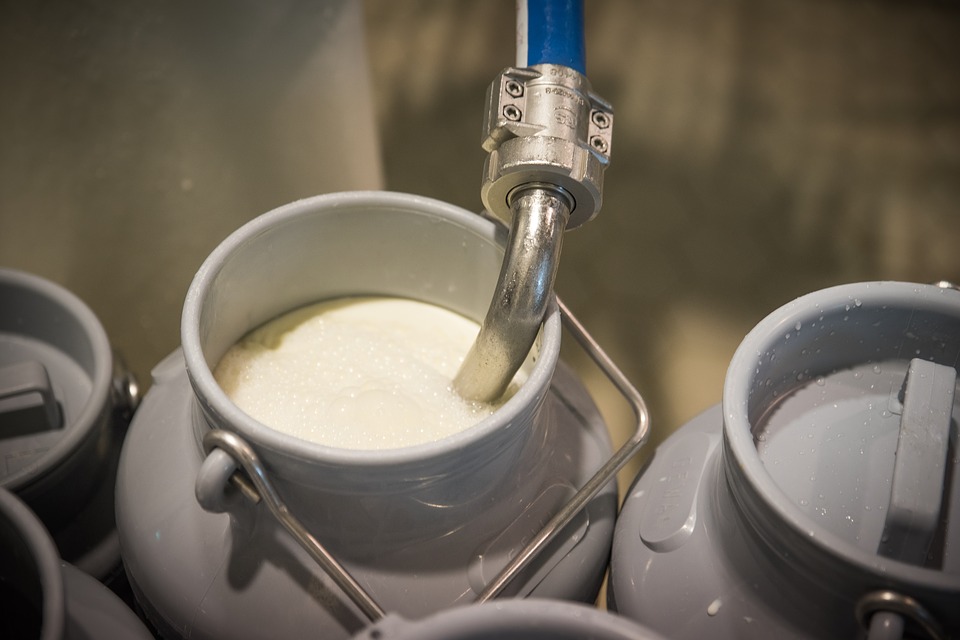Dairy farmers, according to the Agriculture and Horticulture Development Board (AHDB), could be missing out on £55 million a year in lost revenue by not meeting milk buyer requirements for butterfat and protein.
An analysis of the 2020/21 season showed that over 40% of milk destined for the liquid market and 55% for manufacturing fell below target butterfat levels – this resulted in a £38 million loss of additional income for farmers.
This means that 40% of milk for the liquid market had butterfat levels of below 4% and 55% of manufacturing milk had levels less that 4.2%.
64% of farmers on manufacturing contracts missed out on a further £17 million by falling short of the 3.4% protein target.
AHDB lead dairy analyst said Patty Clayton encourages farmers to work out a simple budget to “understand whether the income generated by increasing solids outweighs the costs”.
“Global demand for solids on the rise so, depending on your milk buyer, increasing milk solids is likely to be a positive long-term decision,” she said.
At current payment rates, an all-year-round calver producing 1.5 million L/year would generate £3,600 of additional revenue per year, by increasing their butterfat content from 4.0% to 4.1%. This could be as much as £5,400/year depending on your contract.
“It’s important for farmers to assess their individual circumstances and pricing schedules before making any decisions. Our handy checklist suggests the key steps to follow when thinking about making changes that will increase constituents.”
The AHDB’s checklist to increase milk solids is as follows:
- Use its (AHDB’s) milk price calculator to see how changes to constituents affect your milk cheque;
- Review your feeding approach and ration with your nutritionist or vet;
- Work out a partial budget to see whether the costs to increase solids outweigh the additional revenues;
- Longer-term, breed from bulls who are likely to pass higher constituent genetics to cows.

